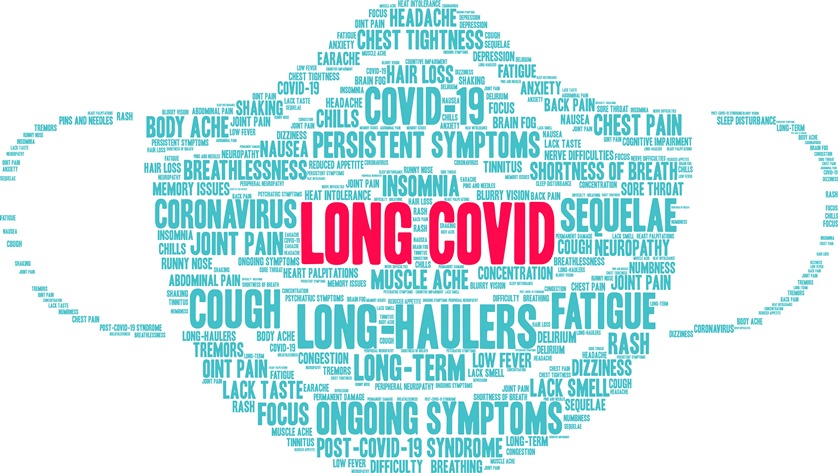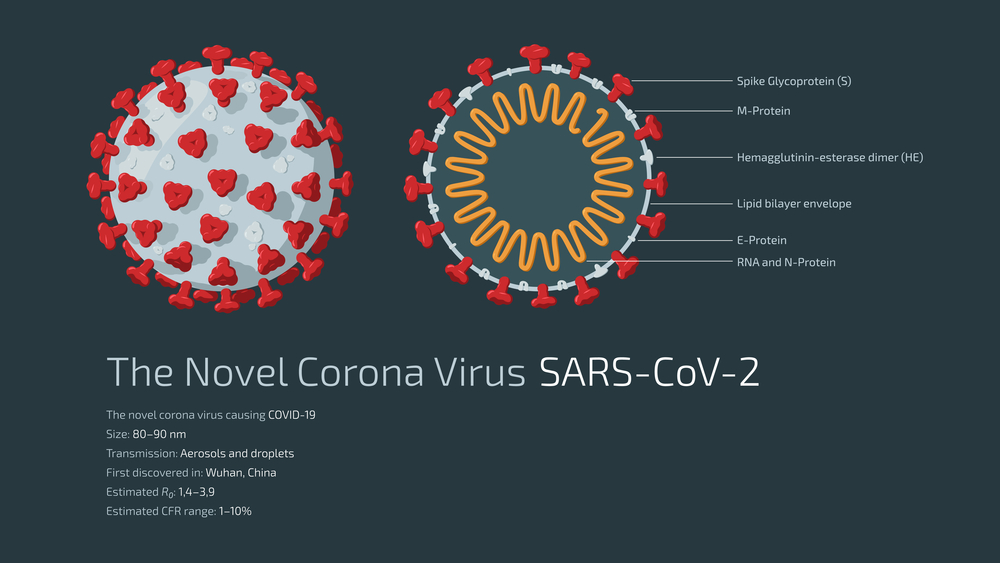Inflammation and Immunity Troubles Top Long COVID Suspect List
Feb. 1, 2023 – Nonstop inflammation and immune problems top the list of potential causes of long COVID, but doctors say it’s growing clear that more than one thing is to blame for the wide swath of often debilitating symptoms that could last months or even years. “I think that it’s a much more complex […]
Inflammation and Immunity Troubles Top Long COVID Suspect List Read More »



